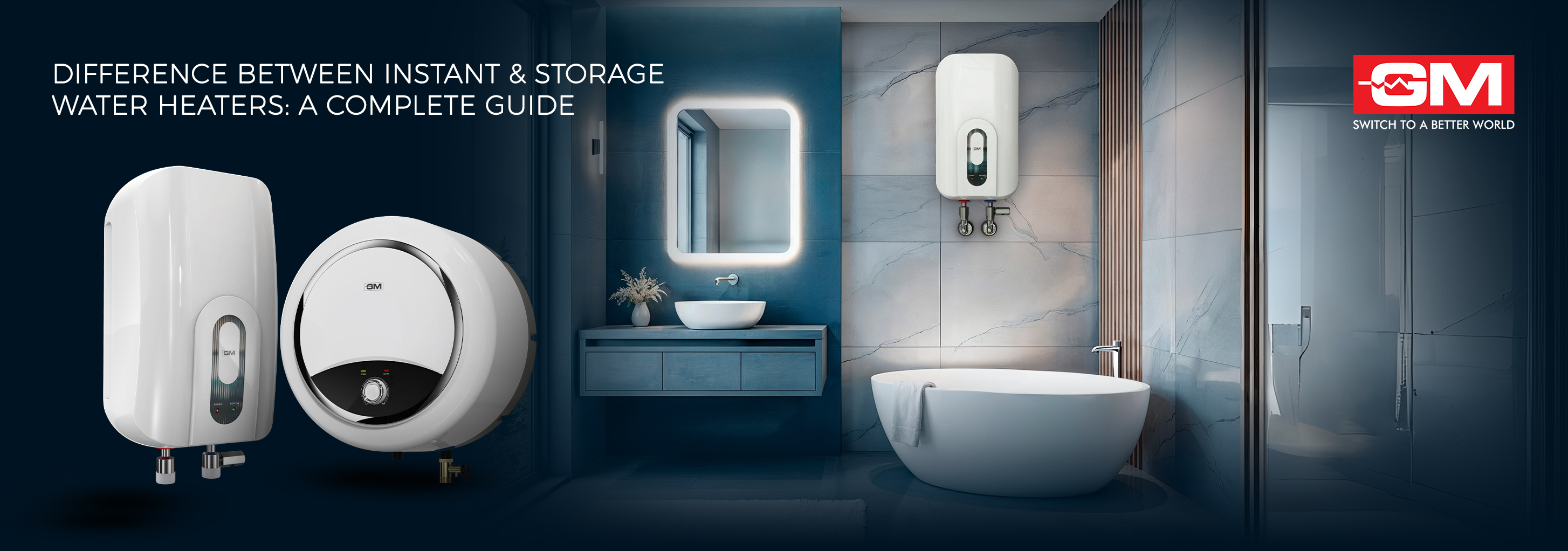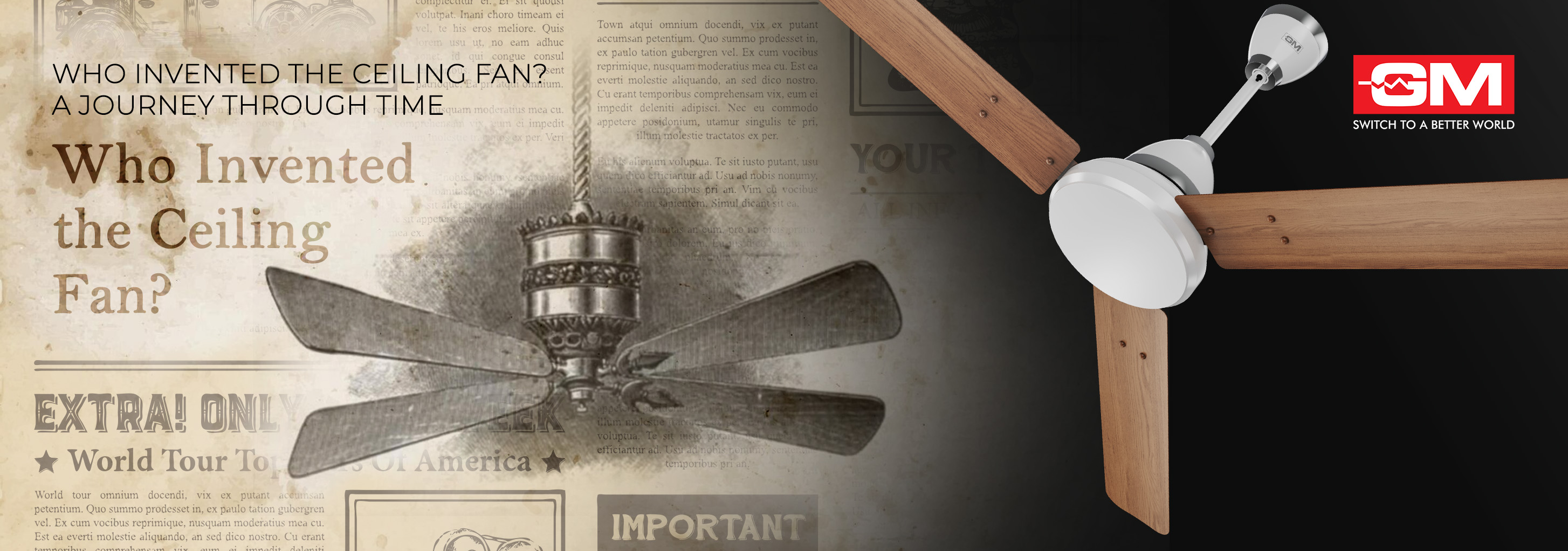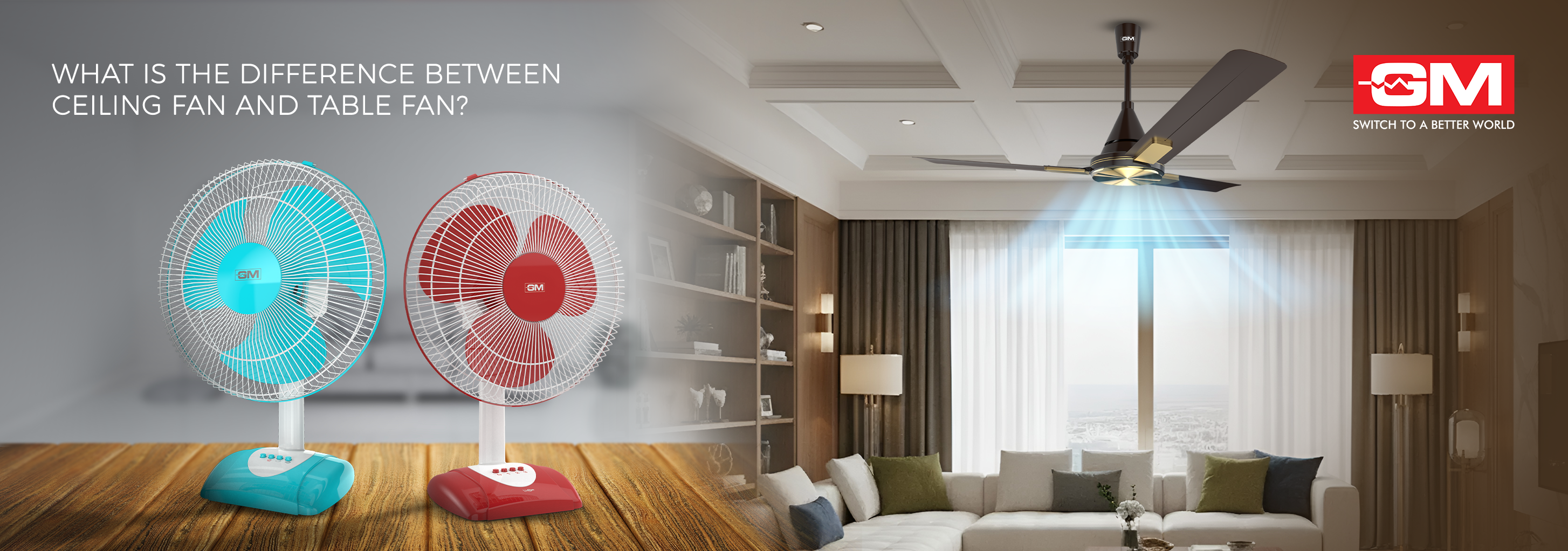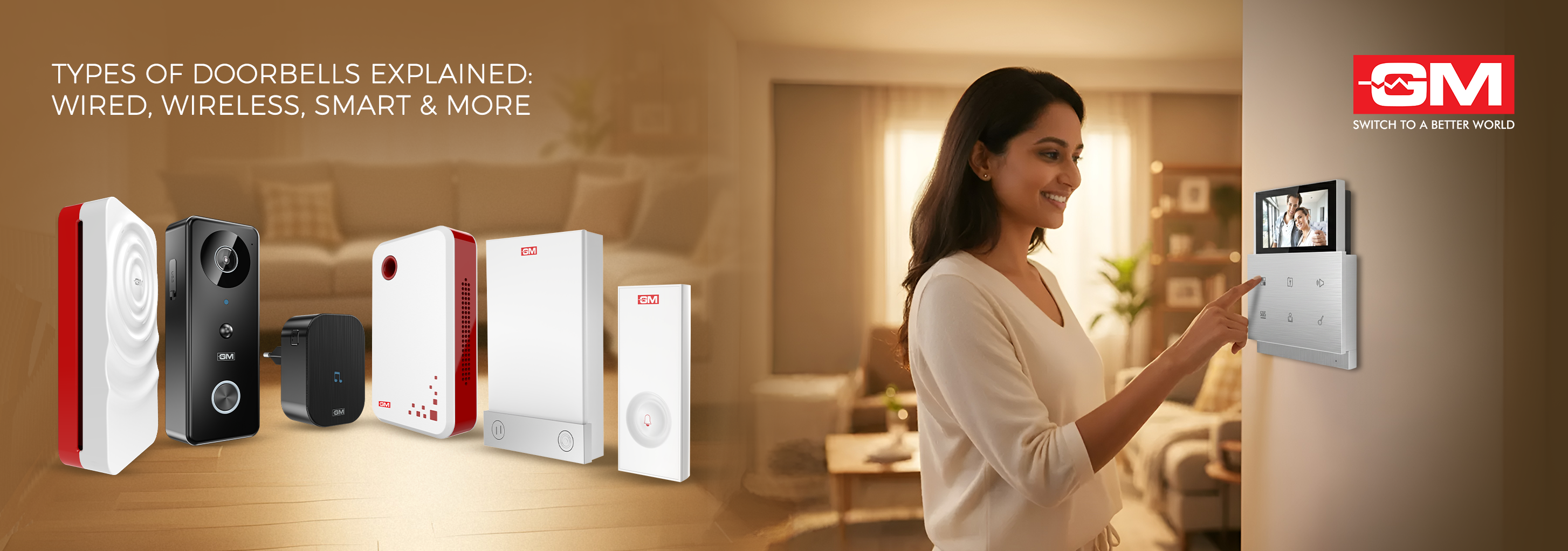Blog
Difference Between Instant & Storage Water Heaters: A Complete Guide
Updated on Aug 2025

A shower can boost your energy for the day or help you unwind after a long one. To enjoy warm water without interruption, a reliable water heater is essential. Choosing between an instant and a storage water heater can be tricky since both have their own benefits. If you’re unsure which one suits your home best, here’s a simple guide to help you decide.
What is an Instant Water Heater?
An instant water heater heats water on demand as it flows through the unit, without storing any water. When you turn on the tap, cold water passes through a heating element and is quickly delivered as hot water. Compact and wall-mountable, these units are ideal for small bathrooms or kitchens and work best for quick uses like handwashing or short showers for one or two people. With no storage tank and a generally lower upfront cost, they offer an efficient, space-saving solution for limited hot water needs.
Ready to dive deeper into instant water heaters? Discover what is an instant water heater and how it works for a better understanding.
What is a Storage Water Heater?
A storage water heater has an inbuilt tank that typically ranges from 6 to 35 liters or more. It preheats and stores hot water for use whenever needed. The stored water stays warm for a certain time depending on the quality of insulation. These water heaters are ideal for larger families or anyone who wants uninterrupted hot water for long showers or bathing routines. They take 5 to 15 minutes to heat initially and support continuous use over longer periods. Due to their larger size, storage water heaters require more wall space compared to instant water heaters.
Considering a storage water heater? Discover the top 7 benefits of a storage water heater for your home and make an informed decision.
Instant Water Heater vs Storage Water Heater: A Detailed Comparison
1. Heating Time
Instant water heaters heat water almost immediately, within 10 to 15 seconds, while storage water heaters take 5 to 15 minutes depending on their size. If quick heating matters, instant water heaters are the clear choice.
2. Usage Style
Instant water heaters are ideal for light use such as quick hand washing, short
showers, or kitchen tasks. Storage water heaters handle continuous use, like back-to-back showers or filling buckets, making them better for larger families.
3. Space and Aesthetics
Instant water heaters are compact, lightweight, and sleek, making them perfect for small bathrooms or kitchens. Storage water heaters are bulkier and require more wall space.
4. Electricity Consumption
Instant water heaters use power only when heating water on demand, making them more energy efficient for short use. Storage water heaters use more electricity to keep water hot for longer and to reheat it when needed.
5. Cost and Maintenance
Instant water heaters usually cost less upfront, between ₹3,000 and ₹5,000, while
storage water heaters are more expensive, ranging from ₹6,000 to ₹15,000. Maintenance is minimal for both, but storage units may need occasional descaling or element replacement.
Once you choose your water heater, re our blog on the ultimate 7-step guide on how to install a water heater for safe and proper installation.
Instant or Storage: Which Water Heater Suits You Best?
Choose an instant water heater if you live alone or in a small family of one to two people, need hot water mainly for quick tasks like handwashing or light bathing, have limited wall space or prefer a sleek design, and are on a tight budget. On the other hand, choose a storage water heater if you have a larger family or multiple bathrooms, prefer long showers or need multiple buckets of hot water, don’t mind waiting five to ten minutes for heating, and want a consistent hot water flow for several people.
Want a complete selection guide? Discover how to choose the right water heater for your home and make the best investment for your family.
Frequently Asked Questions
1. Does an instant water heater heat water fast enough for a shower?
Yes, instant water heaters heat water quickly but are best suited for short or occasional showers rather than long or continuous use.
2. Which type of water heater is more durable in the long run?
Both can last long with proper maintenance, though storage water heaters may need periodic descaling depending on water quality.
3. Can I use an instant water heater for kitchen use?
Absolutely. Instant water heaters are perfect for kitchen sinks because of their compact size and fast heating.
4. Are storage water heaters safe to use in high-rise buildings?
Yes, but ensure the water heater is pressure-rated for high-rise plumbing systems for safe operation.
Related Blogs

Who Invented the Ceiling Fan? A Journey Through Time
Ceiling fans are a quiet yet transformative part of life at home, offering comfort, style, and energy savings all year round. But not many of us know about the invention of the ceiling fan and how this humble device revolutionised modern living. To a
Read More
What is the Difference Between a Ceiling Fan and a Table Fan?
Fans are easy to use and save energy, so most people use them to keep a room cool and comfortable. But before you buy one, you should know what makes a ceiling fan different from a table fan. They both move air, but they do it in very different ways
Read More
Types of Doorbells Explained: Wired, Wireless, Smart, and More
A doorbell is one of the most important parts of a home or office, but it's also one of the most common things that people forget about. It not only lets visitors know you're home, but it also makes your space more convenient, safe, and stylish. The
Read More
How to Use a Steam Iron Safely and Effectively?
No matter if you're going to work, a meeting, or a party, wearing a crisp, wrinkle-free outfit can boost your confidence right away. But you need to know how to use a steam iron correctly to get that perfect finish. A steam iron isn't just another ap
Read More